Bass Rock
Crag, Rock And Cairn In East Lothian, Borders
An island off the coast of East Lothian famous for its seabird colony.
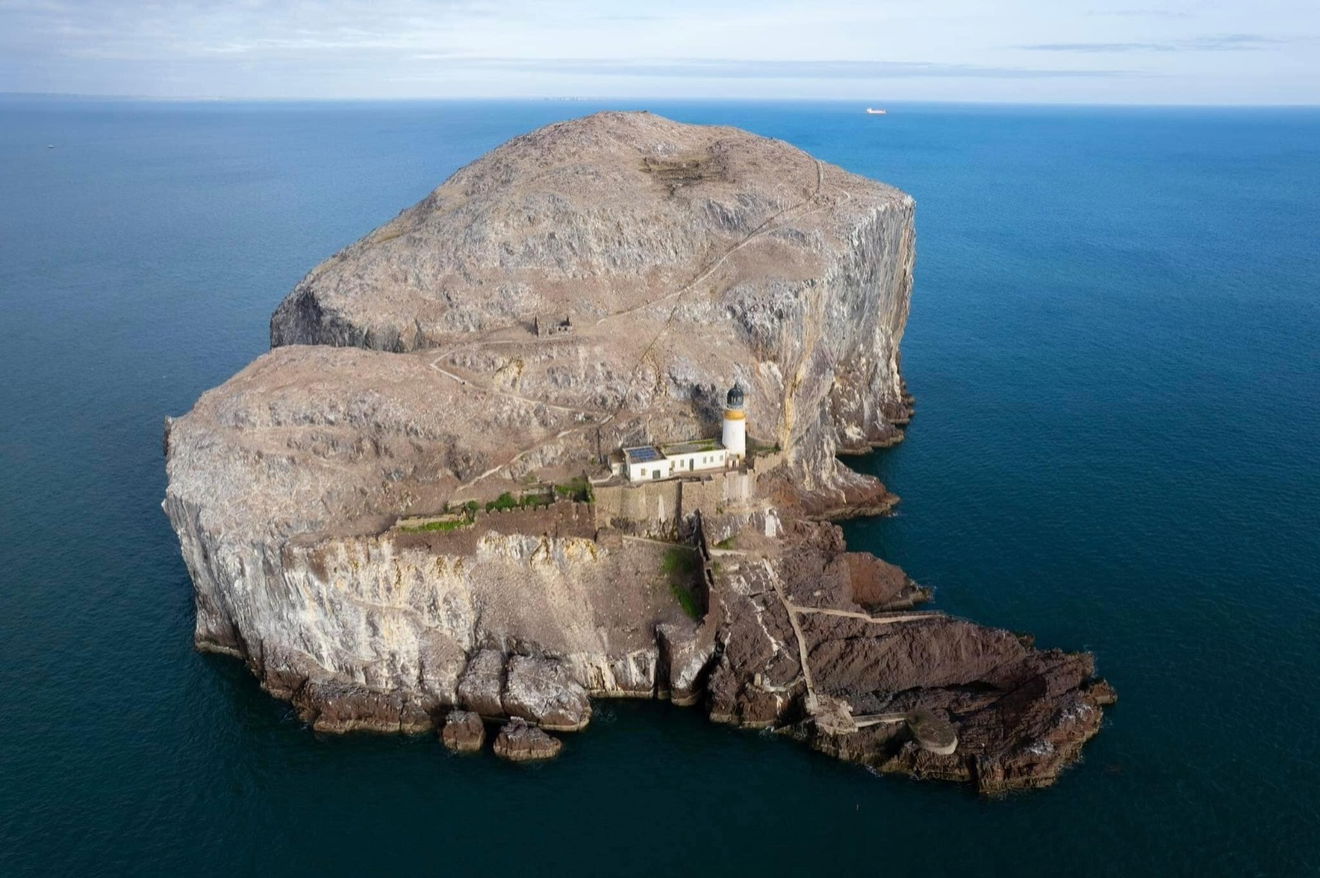
Photo credit - Andrew John
Bass Rock sits 1 mile off the coast to the north east of North Berwick and is a towering volcanic plug that stands 107m at its highest point, making it visible from large areas of the eastern Lothian and Borders region. It's Scottish Gaelic name is “Creag nam Bathais” and it is around 340 million years old, formed from “Phonolitic Trachyte” rock. It was not until the 6th century that the island was inhabited, by a hermit named Baldred, who was sent by St Mungo to spread Christianity to the Lothians. He founded a monastery at Tyninghame before living in a cell on Bass Rock until his death in 606AD.
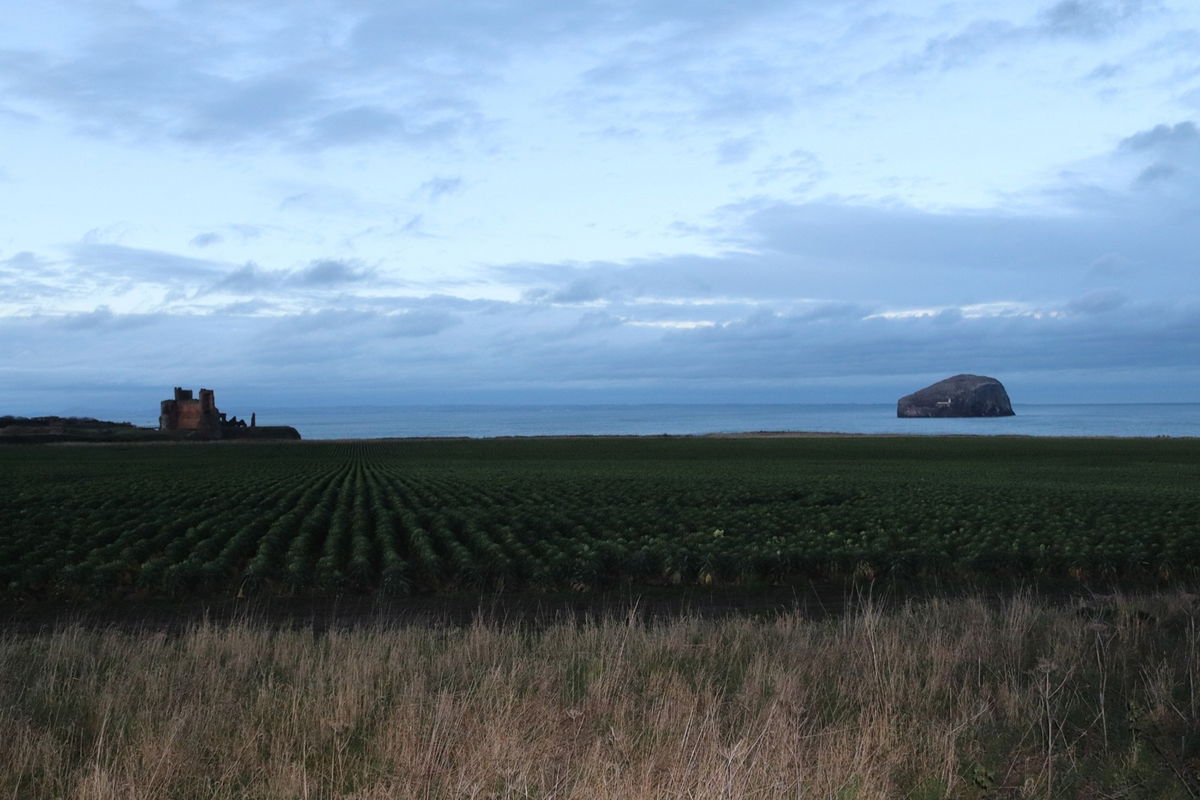
Sir Robert Lawder was given the Bass Rock, bar the upper half of it which was still owned by the church, by Malcolm Canmore (King Malcolm III of Scotland) after he assisted him in recovering his crown from Macbeth. It wasn't until 1316 when the church finally granted the rest of the island to the Lauder family, who retained ownership for 600 years. An interesting thing to note here is that the Lauder family in question are distant relations to Sir Harry Lauder the music hall comedian and singer!
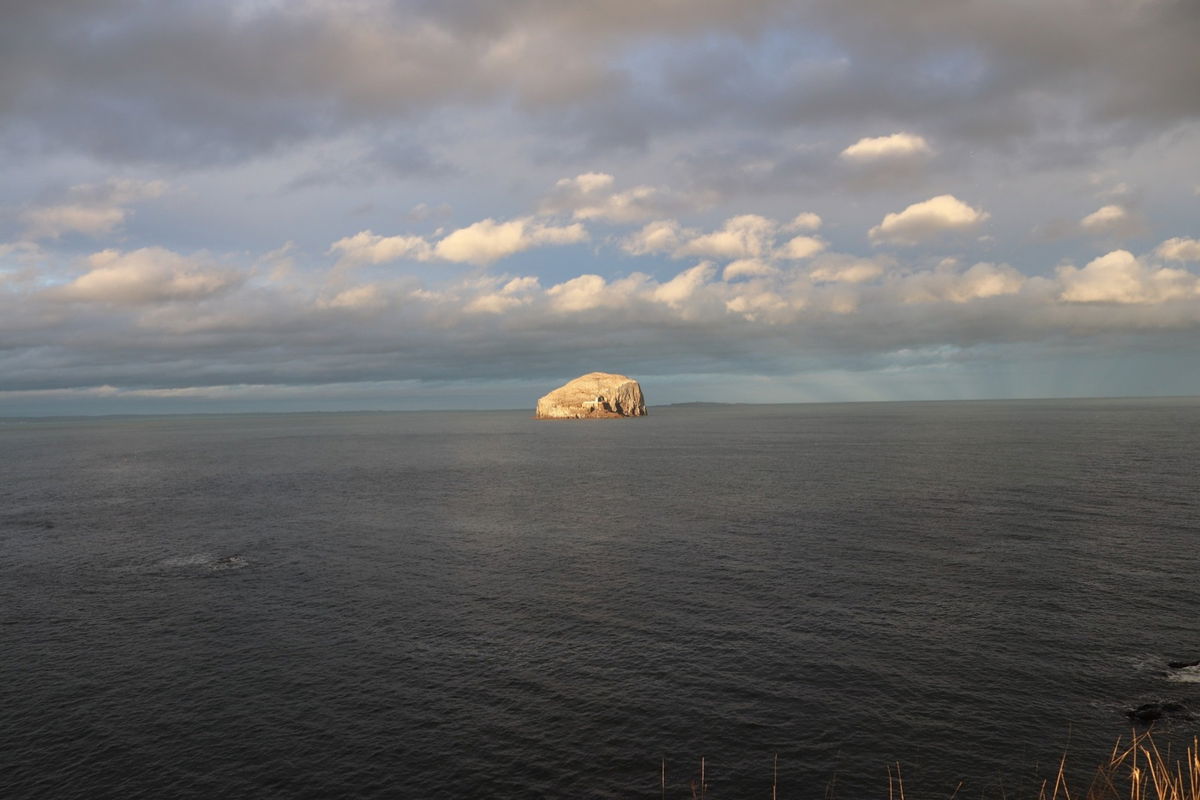
During the 15th century King James I used the Bass Rock as a prison for his political enemies, while Mary Queen of Scots sited a garrison of 100 men there during the 16th century to help guard the access to the Firth of Forth. This proved successful as Queen Elizabeth I tried and failed twice to take the rock in 1548 and 1549. During the 16th and 17th century there was said to be enough grass on the island to allow 100 sheep to be grazed upon it, though it doesn't say if they had to swim over to get there!
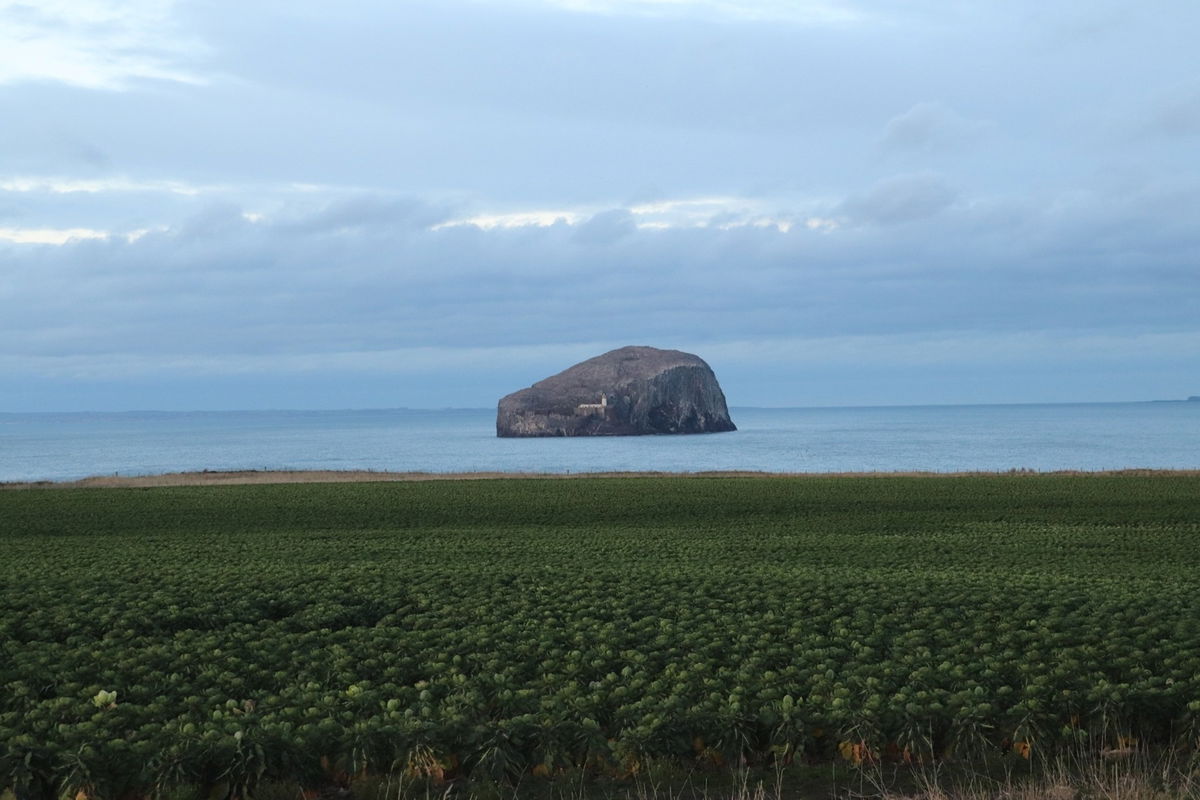
The Bass Rock also makes appearances in literature, the most famous of which is “Catriona” by Robert Louis Stephenson (the sequel to Kidnapped), in chapter 14 which is simply title “The Bass”, Stephenson provides a description of the island, which begins "just the one crag of rock, as everybody knows, but great enough to carve a city from".
Later it is described as follows;
“It was an unco place by night, unco by day; and there were unco sounds; of the calling of the solans [gannets], and the plash [splash] of the sea, and the rock echoes that hung continually in our ears. It was chiefly so in moderate weather. When the waves were anyway great they roared about the rock like thunder and the drums of armies, dreadful, but merry to hear, and it was in the calm days when a man could daunt himself with listening; so many still, hollow noises haunted and reverberated in the porches of the rock.”
Robert Louis Stephenson has another link to the island beyond literature in that his cousin David Stephenson, actually designed the lighthouse on Bass Rock.
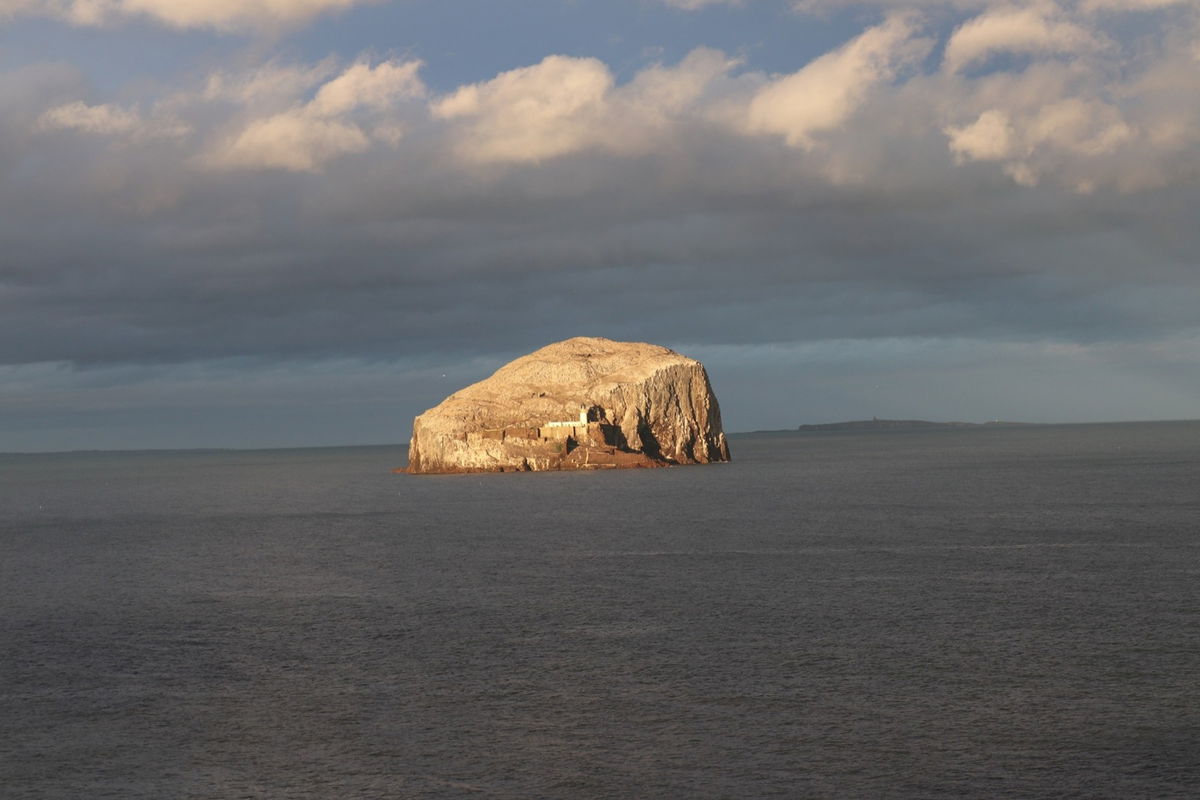
Over the years there has been a Castle, Prison and Chapel on the island although now its most famous inhabitants are the more than 150,000 Northern Gannets, making this the largest colony of them in the world. Their Latin name "Morus bassanus" even comes from Bass Rock. Due to the importance of the Gannet colony Bass Rock is a Site of Special Scientific Interest. During the breeding season the rock appears white, in part due to the colouring of the Gannets themselves, but also due to their droppings which give off 152,000kg of ammonia per year! Recently Avian Flu has had a devastating effect on the colony and it is hoped that this year will see good returning numbers. Trips to Bass Rock can be booked through The Scottish Seabird Centre, although you should check the website for availability given the Avian Flu situation.
Get 5 points if you have visited this place. Already visited by 96 VIPs.
Login to the VIP area to add places to your bucket list, mark them as visited and more importantly see where you rank on the league table.
How To Find Bass Rock
Where To Park For Bass Rock?
Lat / Long
56.057474, -2.668429
What three words
There is parking on the mainland off the A198, near Canty Bay.
Contributed by Andrew Gardner
I love being outdoors, in nature, and experiencing the relaxation it brings. Wandering through the northern countryside seeing unexpected buildings, historic places and occasionally surprised wildlife is one of life's great pleasures.
More Places from Andrew
More Places In East Lothian
Find more fabulous places in East Lothian, Borders and if you know of a place we haven't listed, then let us know.
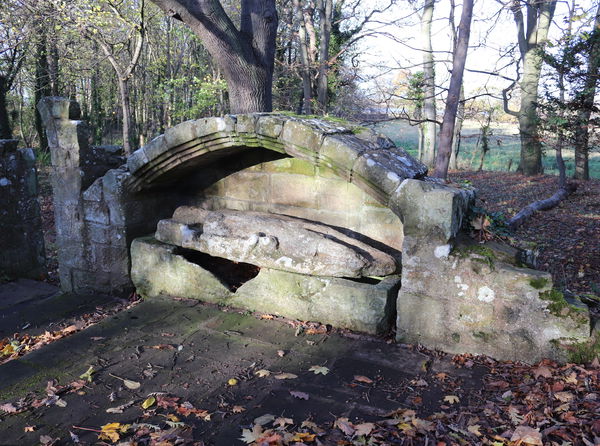
Luffness Friary
Religious Place East Lothian BordersVisit the ruins of a once-thriving Carmelite monastery in Aberlady, East Lothian.
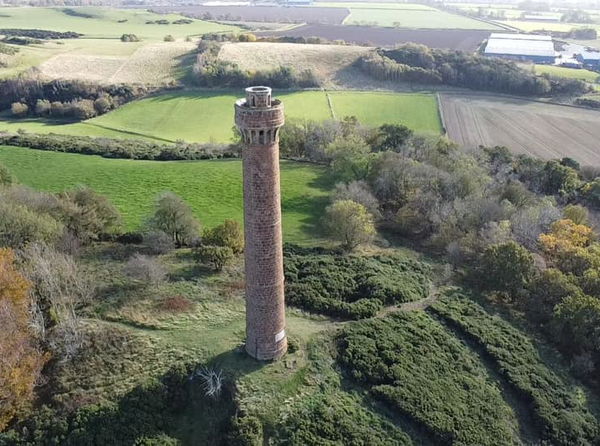
Hopetoun Monument
Tower East Lothian BordersA 29m high tower on Byres Hill built as a monument to John Hope, the 4th Earl of Hopetoun.
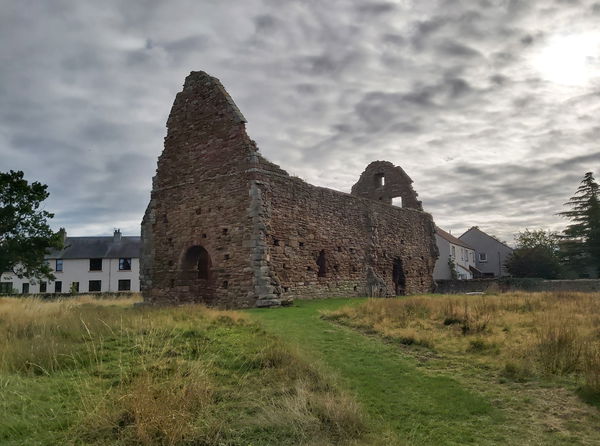
St Martin's Kirk
Religious Place East Lothian BordersA mid to late 12th century Kirk (Church) in the Romanesque style in Haddington, East Lothian.
More Crags, Rocks And Cairns
So this crag, rock and cairn wasn't enough and you want more? Don't worry we have you covered.
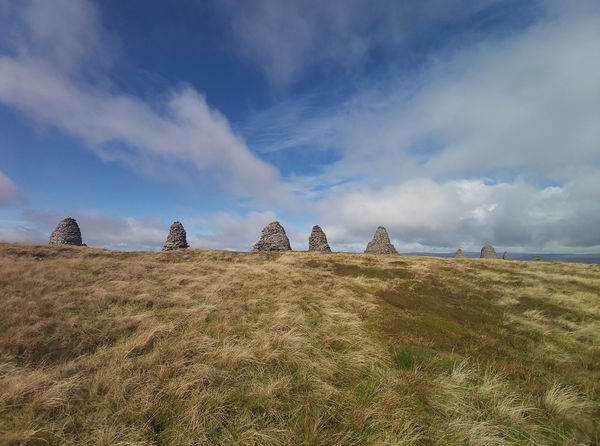
Nine Standards
Crag, Rock And Cairn Kirkby Stephen CumbriaA group of nine cairns sitting on the aptly named Nine Standards Rigg just east of Kirby Stephen.

Middleton Crags
Crag, Rock And Cairn The Cheviots NorthumberlandA set of crags on the north east face of Hedgehope Hill standing at 404m above sea level.

Barmishaw Stone
Crag, Rock And Cairn Ilkley Moor West YorkshirePrehistoric rock art with some of Ilkley Moor's speciality carvings.
Never Miss A Fabulous Place
If you are afraid of missing out on all the fabulous places we post, or just want to be the first to know, then sign up to the Fabulous North.
Each week we will email you all the brand new places that we visit.
Sign Up To AlertsFind Us On Facebook
We post all our new places daily on our Facebook Groups page, so join the group today and be notified when we add a new place.
Join Our Facebook GroupBass Rock was listed in Crag, Rock And Cairn // Borders // East Lothian


